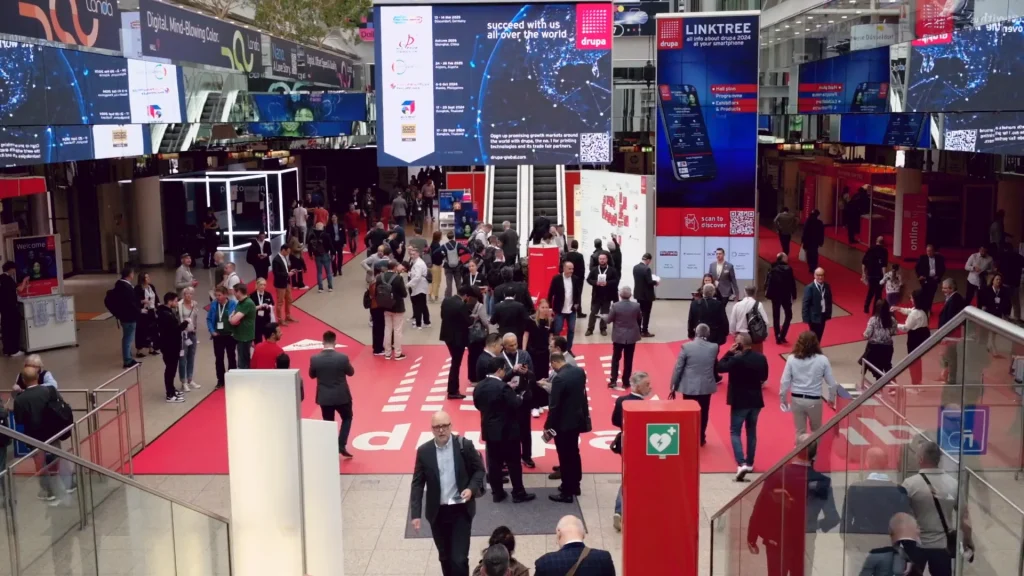In today’s fast-paced digital landscape, businesses and individuals rely heavily on technology to stay competitive and efficient. Ensuring that systems are operating at their best requires professional technical maintenance and support. By leveraging expert services, organizations can not only resolve technical issues swiftly but also optimize system performance for long-term success.
The Importance of Regular Technical Maintenance
To maintain smooth and uninterrupted operations, regular technical maintenance is crucial. Proactive system upkeep helps in identifying and fixing potential issues before they escalate into costly problems. Routine checks and updates ensure that your systems are always performing optimally. Systems continue running efficiently with professional technical maintenance and support, supported by teams trained in essential safety through a Machineveiligheid cursus.
- Prevents Downtime: Timely maintenance helps to prevent unexpected system failures, which could result in costly downtime.
- Improves System Efficiency: Regular check-ups and updates help maintain peak performance, reducing lag time and improving overall system speed.
- Increases Security: Regular maintenance can also address any security vulnerabilities, reducing the risk of cyberattacks or data breaches.
Benefits of Professional Support
While technical maintenance is important, professional support takes your system reliability to the next level. With experts at hand, any technical issue can be addressed with speed and precision, minimizing disruption to your operations.
- Expert Problem Solving: Trained technicians can quickly identify and fix issues, preventing costly disruptions and minimizing downtime.
- Quick Response Time: With professional support services, you gain access to a team that can quickly respond to issues, ensuring business continuity.
- Scalability and Flexibility: As your business grows, professional support can scale with you, providing the flexibility to adapt to evolving technology and increasing demands.
How Professional Maintenance Improves Long-Term System Health
Investing in professional technical maintenance goes beyond fixing immediate problems. It helps create a strong foundation for long-term system health, ensuring that your technology remains robust and reliable over time.
- Ongoing Monitoring: Professionals can implement tools to continuously monitor system health, detecting issues early before they become major concerns.
- System Upgrades: Technology evolves rapidly. Professional maintenance ensures that your system remains up-to-date with the latest software versions and hardware enhancements, keeping you ahead of the competition.
- Tailored Support: Professional support is customized to your specific needs, allowing for the implementation of solutions that best fit your business or personal requirements.
Avoiding Potential Pitfalls with Professional Maintenance
By outsourcing technical maintenance and support, you can avoid the common pitfalls that many organizations face when trying to manage their systems in-house.
- Lack of Expertise: Without professional support, you risk dealing with issues that require specialized knowledge or expertise, which could lead to longer resolution times.
- Resource Drain: Attempting to manage system maintenance internally could divert valuable resources away from core business functions, leading to inefficiency.
- Costly Mistakes: Without the right tools and knowledge, attempting to fix complex issues can sometimes lead to expensive errors, increasing the overall cost of operation.




